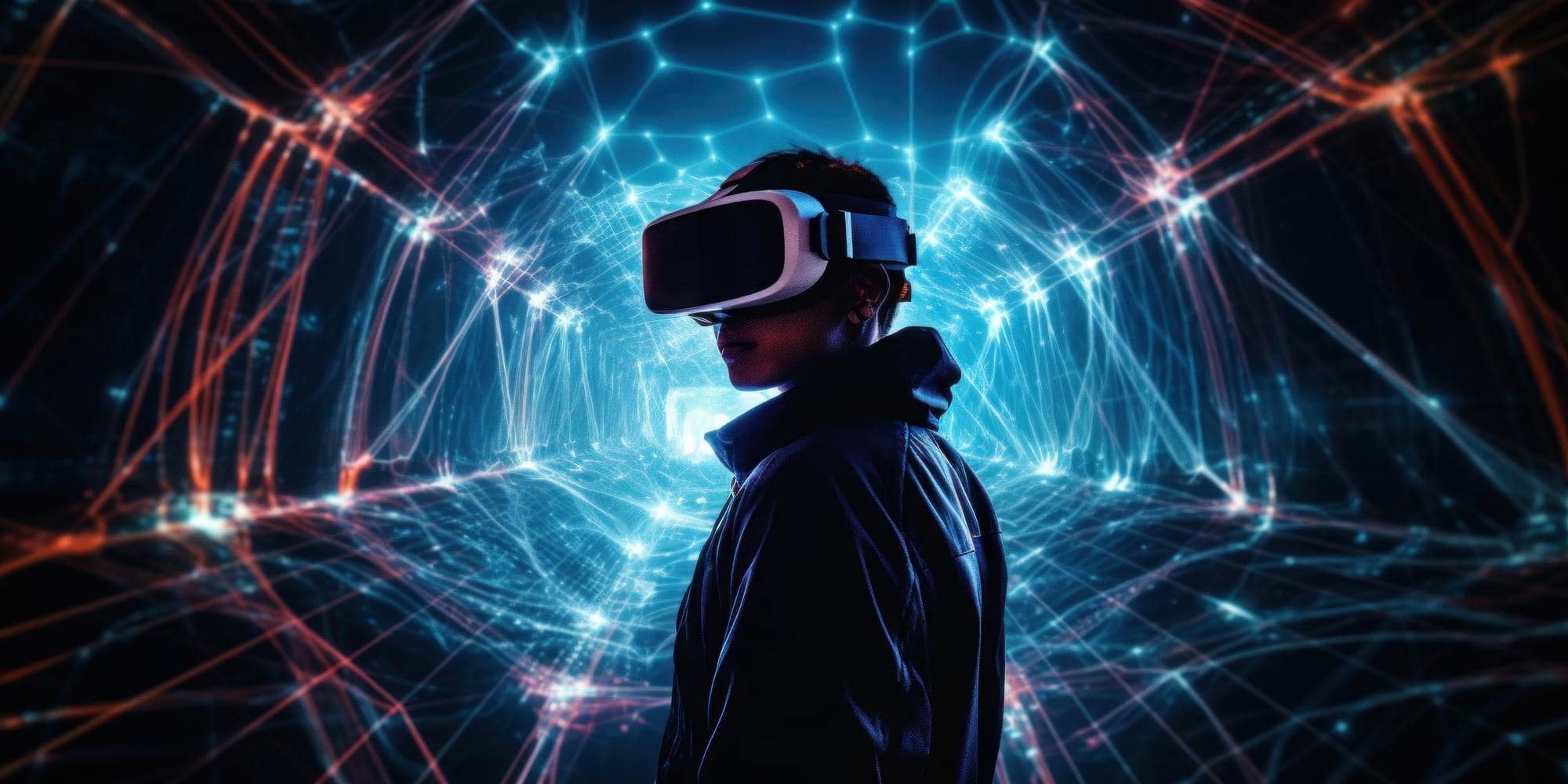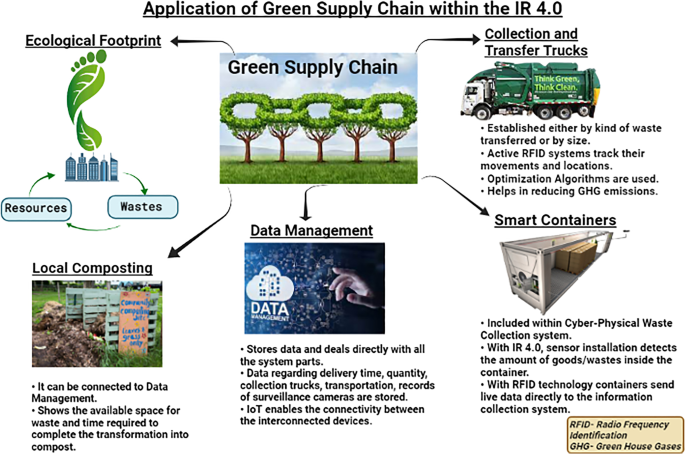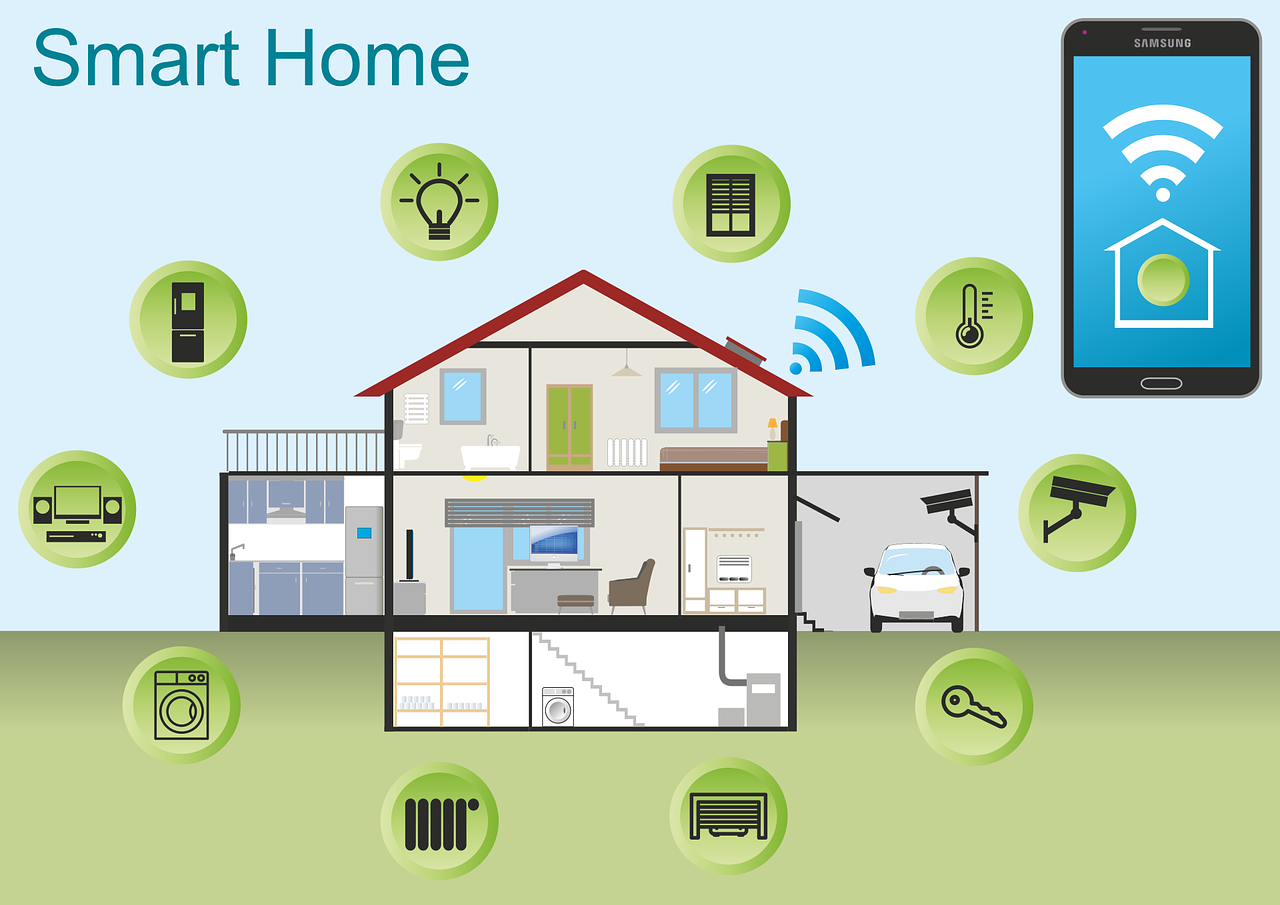Unlocking the Potential of Virtual and Augmented Reality Technology
Imagine a world where we can explore distant galaxies, walk with dinosaurs, or attend concerts by our favorite artists, all from the comfort of our own homes. This may sound like science fiction, but thanks to the rapid advancements in virtual and augmented reality (VR/AR) technology, this future is becoming a reality. In this blog post, we will delve into the exciting potential of VR and AR and how they are revolutionizing various industries.
1. Virtual Reality: Immersion at Its Finest
Virtual reality takes users into a completely fabricated digital environment, providing a truly immersive experience. By wearing a VR headset, users can be transported to virtual worlds that mimic real-life scenarios or offer entirely new and imaginative experiences. Here are some significant applications of VR:
a. Gaming: VR gaming allows players to be fully immersed in virtual worlds, providing a heightened level of excitement and adventure. The immersive nature of VR enhances gameplay and creates a sense of presence, making it a game-changer in the gaming industry.
b. Education and Training: VR offers a remarkable opportunity for immersive education and training experiences. Students can explore historical sites, dissect complex biological organisms, or practice dangerous tasks in a safe virtual environment. This technology has the potential to revolutionize the way we learn and train.
c. Architecture and Real Estate: VR enables architects and real estate developers to create virtual walkthroughs of their designs, allowing clients to experience the space before it’s even built. This enhances communication, streamlines decision-making, and saves time and resources.
2. Augmented Reality: Bridging the Gap between Real and Virtual Worlds
Unlike VR, augmented reality overlays virtual elements onto the real world, enhancing our perception of reality. AR can be experienced through smartphones, tablets, or smart glasses, making it more accessible and versatile. Here are some notable applications of AR:
a. Retail and E-commerce: AR can transform the way we shop by providing virtual try-on experiences or allowing us to visualize furniture and home decor in our own spaces before making a purchase. This technology enhances customer engagement and improves decision-making.
b. Healthcare: AR offers immense potential in healthcare, allowing medical professionals to visualize patient data in real-time, guide surgeries with overlays, and provide enhanced training for medical students. AR can improve patient outcomes and revolutionize medical practices.
c. Tourism and Navigation: AR can enhance the travel experience by providing real-time information, historical context, and interactive guides. Augmented reality can transform how we explore new places, making our journeys more immersive and educational.
In conclusion, virtual and augmented reality technologies are unlocking a world of possibilities across various industries. From immersive gaming experiences to innovative educational tools and transformative applications in healthcare and retail, VR and AR are changing the way we work, learn, and interact with the world around us. As this technology continues to advance, we can expect to see even more exciting applications and opportunities emerge. So, strap on a headset or pull out your smartphone and get ready to unlock the boundless potential of VR and AR. The future is right before our eyes, waiting to be explored.











